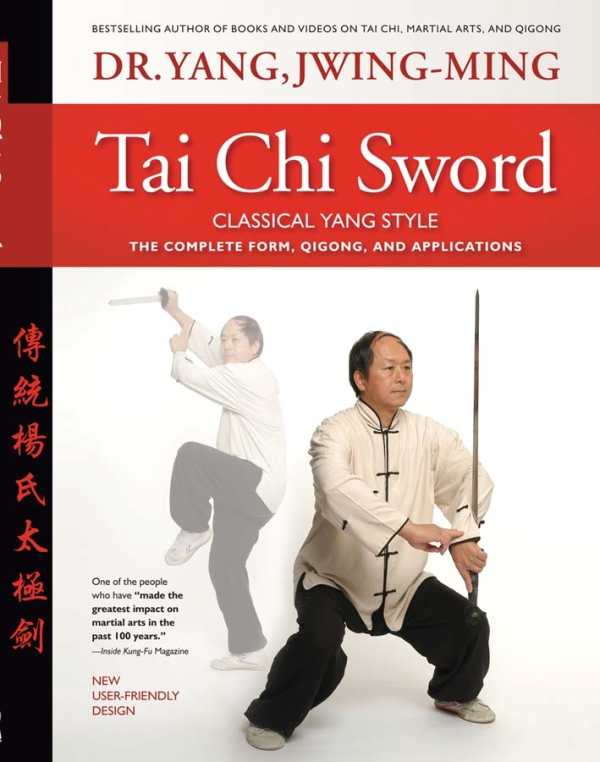Tai Chi Sword Classical Yang Style
The Complete Form, Qigong, and Applications
- 2014 INDIES Finalist
- Finalist, Sports (Adult Nonfiction)
This guide offers excellent instruction for those who wish to know more about this internal martial art.
Dr. Yang, Jwing-Ming shares his considerable knowledge of sword history and practice in Tai Chi Sword: Classical Yang Style; The Complete Form, Qigong, and Application. The sword sequence presented in this book offers an exciting learning experience for students of Yang-style tai chi chuan.
Yang has studied, taught, and written about Yang-style tai chi chuan form and applications since 1962. In this book, he summarizes the history of tai chi sword practice and describes the different sword types, their names, and functions. Information about sword selection, care, and handling is discussed, along with hand grips, stances, and practice exercises. Illustrations of ancient swords show their design and usage development through the centuries. Frequent quotations from tai chi masters of previous generations enrich Yang’s narrative. Black and white photographs of sword practitioners executing sequence postures and fighting applications accompany precise written instructions. Directional arrows superimposed on the pictures indicate body and sword movements.
This detailed written and visual instruction is augmented by occasional aphorisms that serve as memory triggers. For instance, in the section devoted to correct sword grips, Yang explains how to discern the right balance of strength and relaxation to achieve when holding a sword. “The sword should be held like an egg, neither broken nor dropped,” he writes. “The grip should be alive.”
Integration of breath with physical movement is a vital component of qigong and all aspects of tai chi practice. With that in mind, Yang includes instructions about when to inhale and exhale for each posture in the sword sequence. For the first, stationary posture, he explains, “Keep your mind calm, and inhale and exhale deeply several times. This is a wuji [infinite smoothness] state.”
Names of postures and techniques are written in English, followed by parenthetical transliterations of Chinese Pinyin words and characters. Footnoted references alluded to in the text appear at the end of each chapter. While some are written in English, Chinese characters predominate, which poses difficulty for English readers unfamiliar with that language.
The well-organized structure and clear writing style of this book seamlessly combine, resulting in an accessible and informative study of tai chi swordplay. Dr. Yang also achieves a good balance of history and practical instruction that maintains reader interest. Additional books by Yang are referenced within the text for those who seek more knowledge, and a list of his publications and videos are also provided. The names of each posture in the tai chi sword sequence and a glossary of Chinese terms conclude the book.
Tai Chi Sword: Classical Yang Style; The Complete Form, Qigong, and Applications offers excellent instruction for students and others who wish to know more about this internal martial art.
Reviewed by
Margaret Cullison
Disclosure: This article is not an endorsement, but a review. The publisher of this book provided free copies of the book and paid a small fee to have their book reviewed by a professional reviewer. Foreword Reviews and Clarion Reviews make no guarantee that the publisher will receive a positive review. Foreword Magazine, Inc. is disclosing this in accordance with the Federal Trade Commission’s 16 CFR, Part 255.

